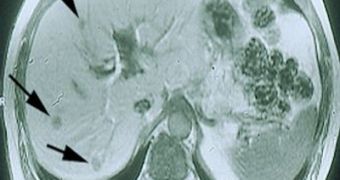Cancer researches are time-consuming processes that require a lot of patience, even if time is the only thing patients don't have. Identifying cancer-suppressing genes can further studies on all cancer types considerably, but methods and research are often limited to mutating a certain gene in mouse models, and then breeding several generations, to see how they react to changes in their DNA.
However, a team of researchers from the Cold Spring Harbor Laboratory (CSHL), composed of five different science groups, decided to work together, so as to skip a few of the time-consuming steps that would have otherwise slowed them down. The goal of the experiments was to discover as many cancer-suppressing genes as possible, to be used in later therapies aimed at the terrible disease.
As events unfolded, the scientists, led by Scott W. Lowe, PhD, a professor at the CSHL, discovered more than 13 genes that seemed to regulate the way the human body fought against tumors. In the DNA sequences they analyzed – liver tissue samples coming from more than 100 patients – the team discovered that various portions of chromosomes were deleted when cancer set in.
They hypothesized that the genes responsible for inhibiting the attack of the immune system on cancerous cells had to reside in these deleted areas. So they used a new approach to figure out if what they thought was true. Instead of breeding numerous generations of mice, they simply used RNA molecules to inject some 300 types of genes in mice, and then observed them. The results were obvious in less than a month and showed the exact genes that were responsible for the appearance of tumors.
"The nature of these new genes is not obvious and we wouldn't have guessed their relationship to cancer if we hadn't followed this approach. They may now allow us to make headway into poorly understood areas of cancer," concluded Lowe.

 14 DAY TRIAL //
14 DAY TRIAL //